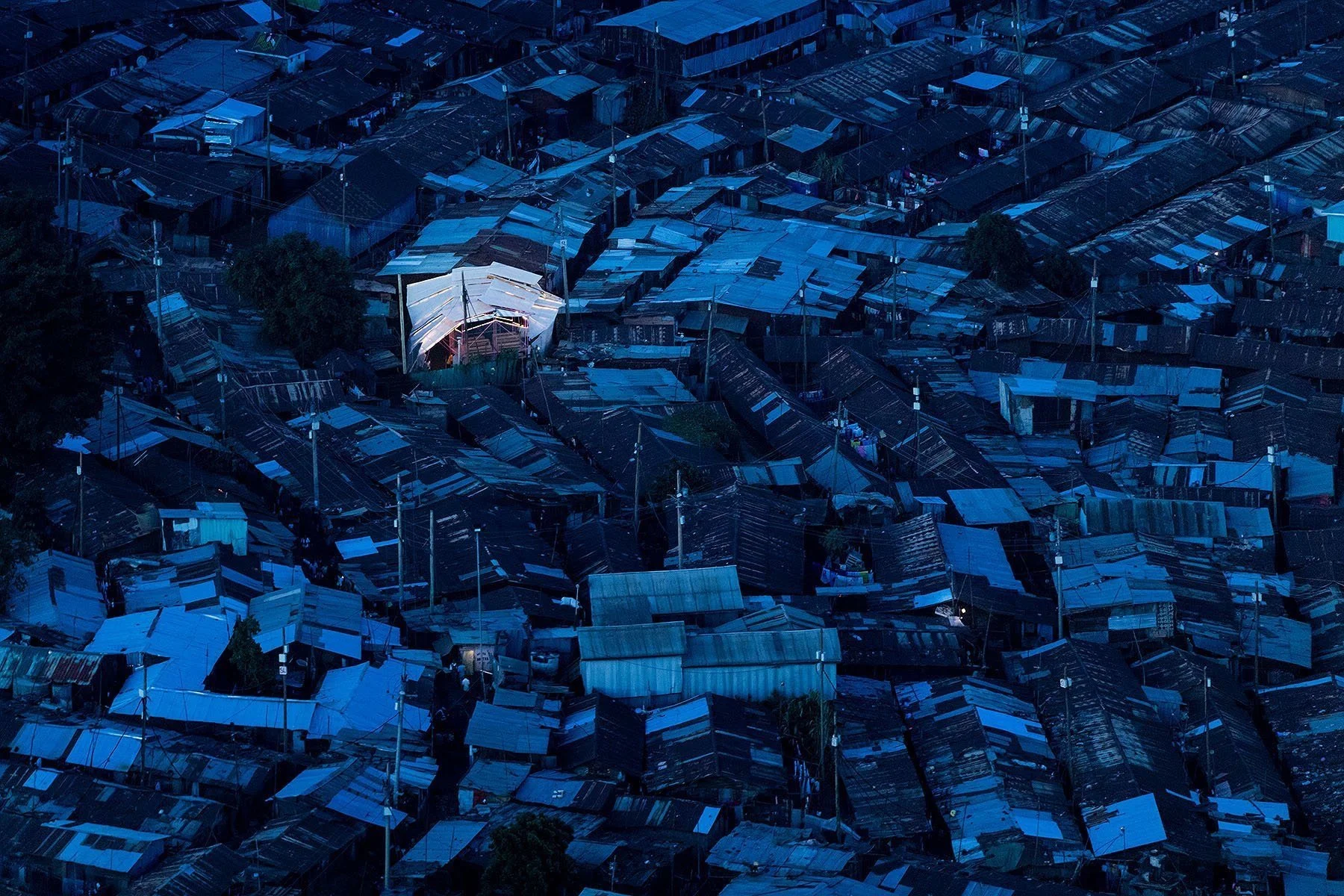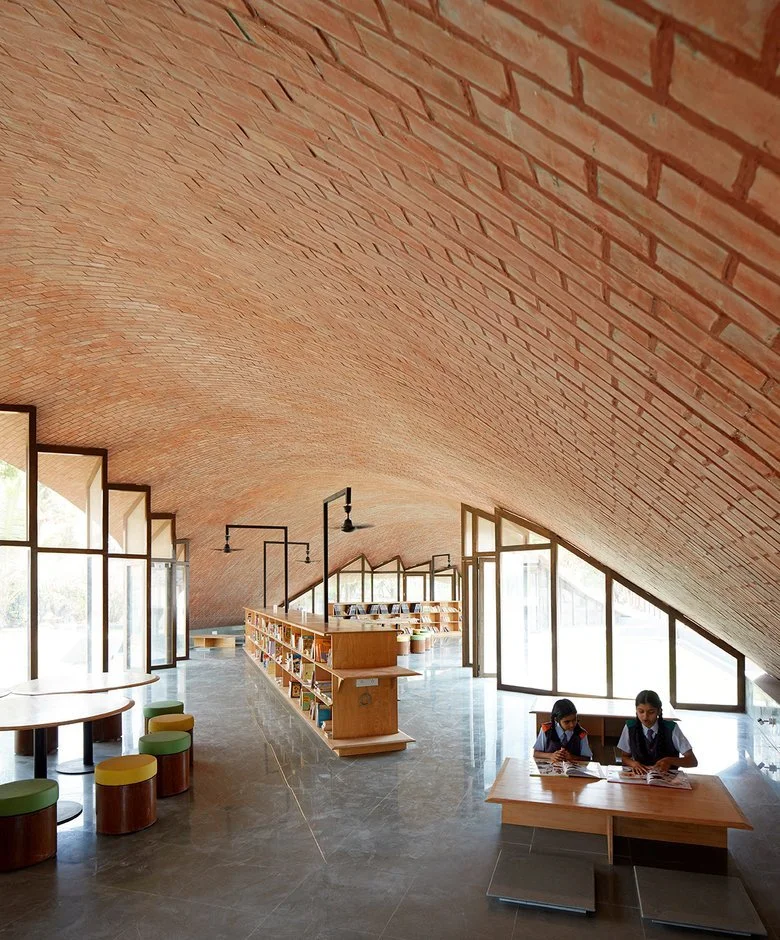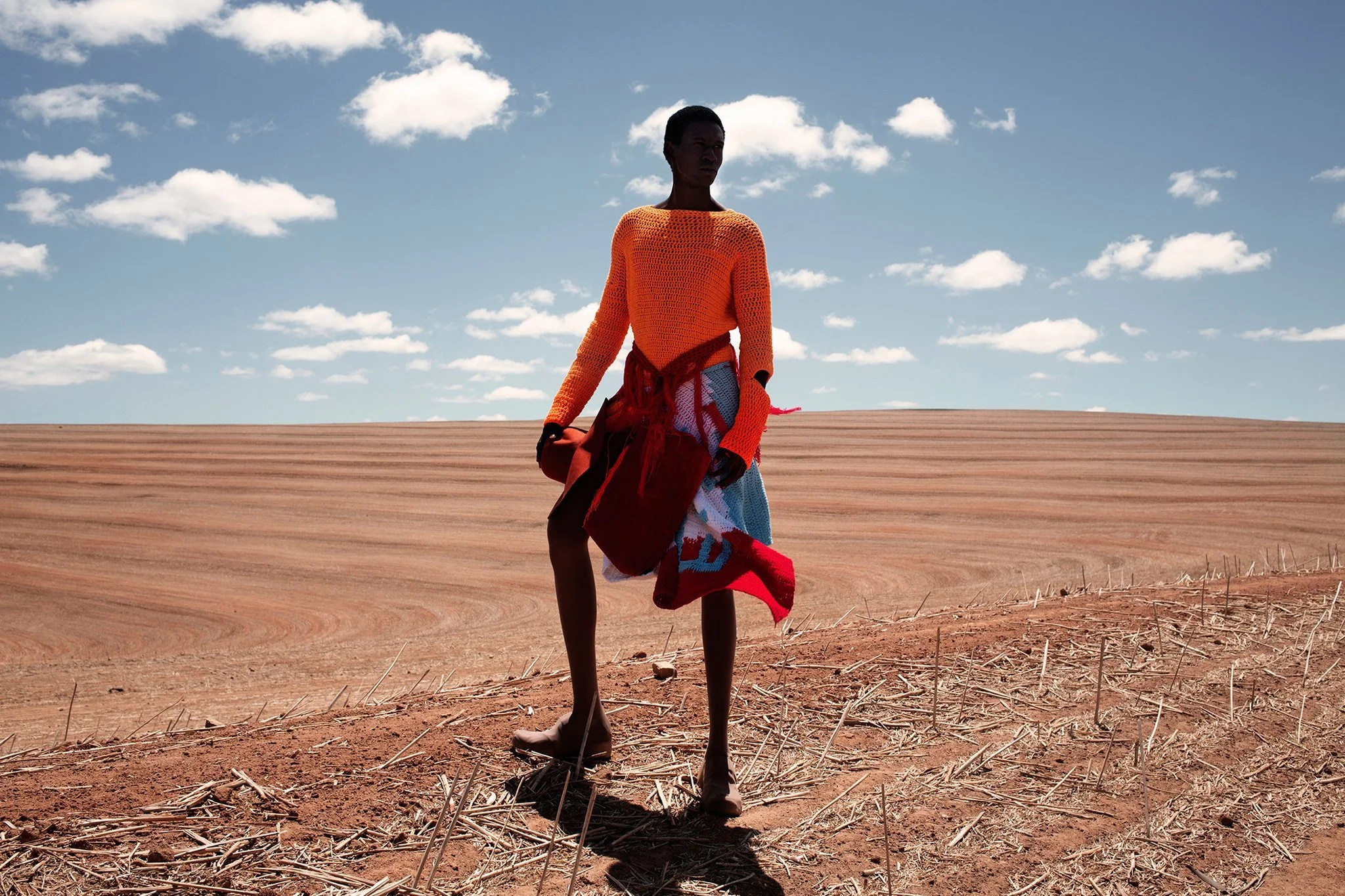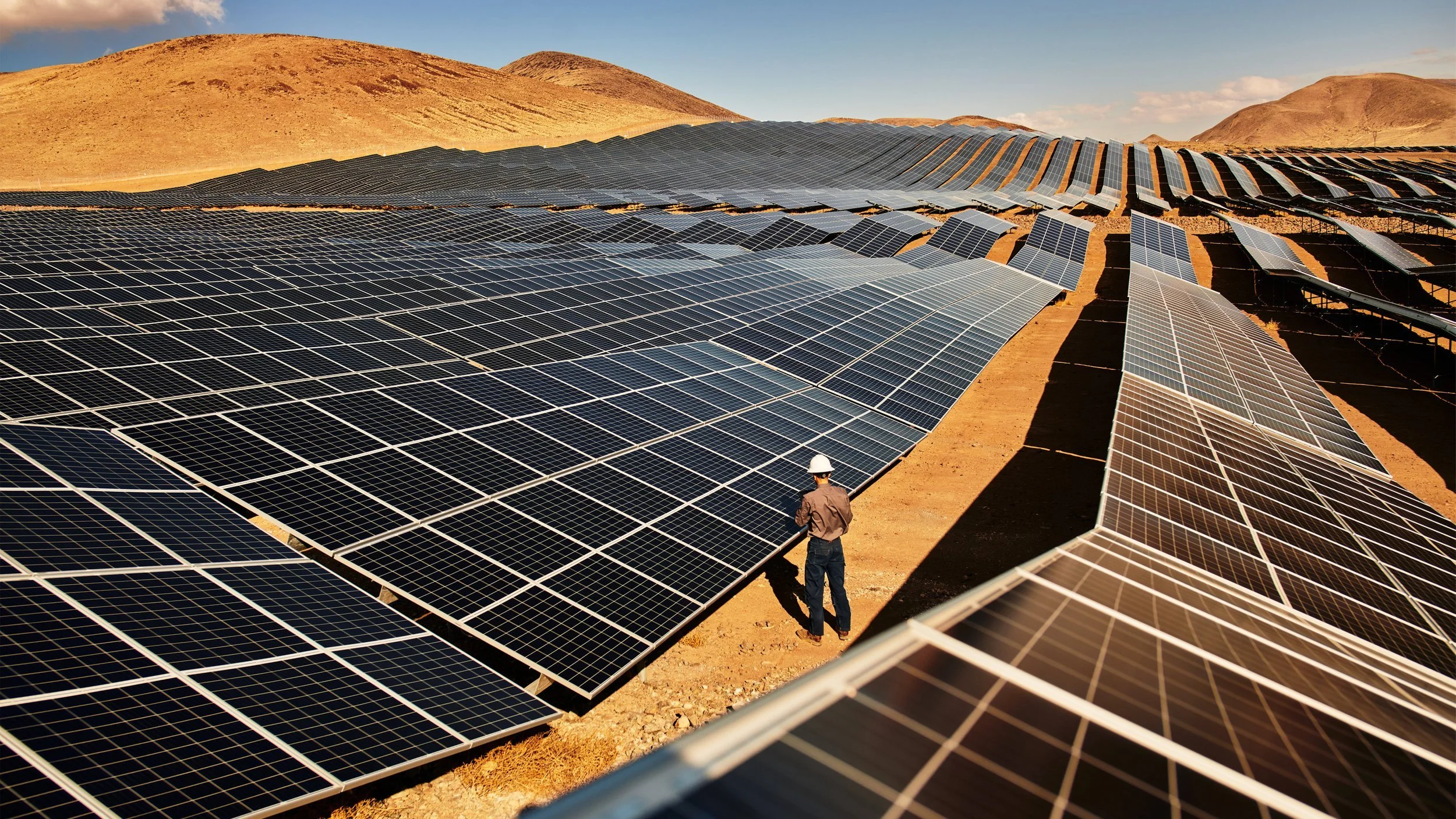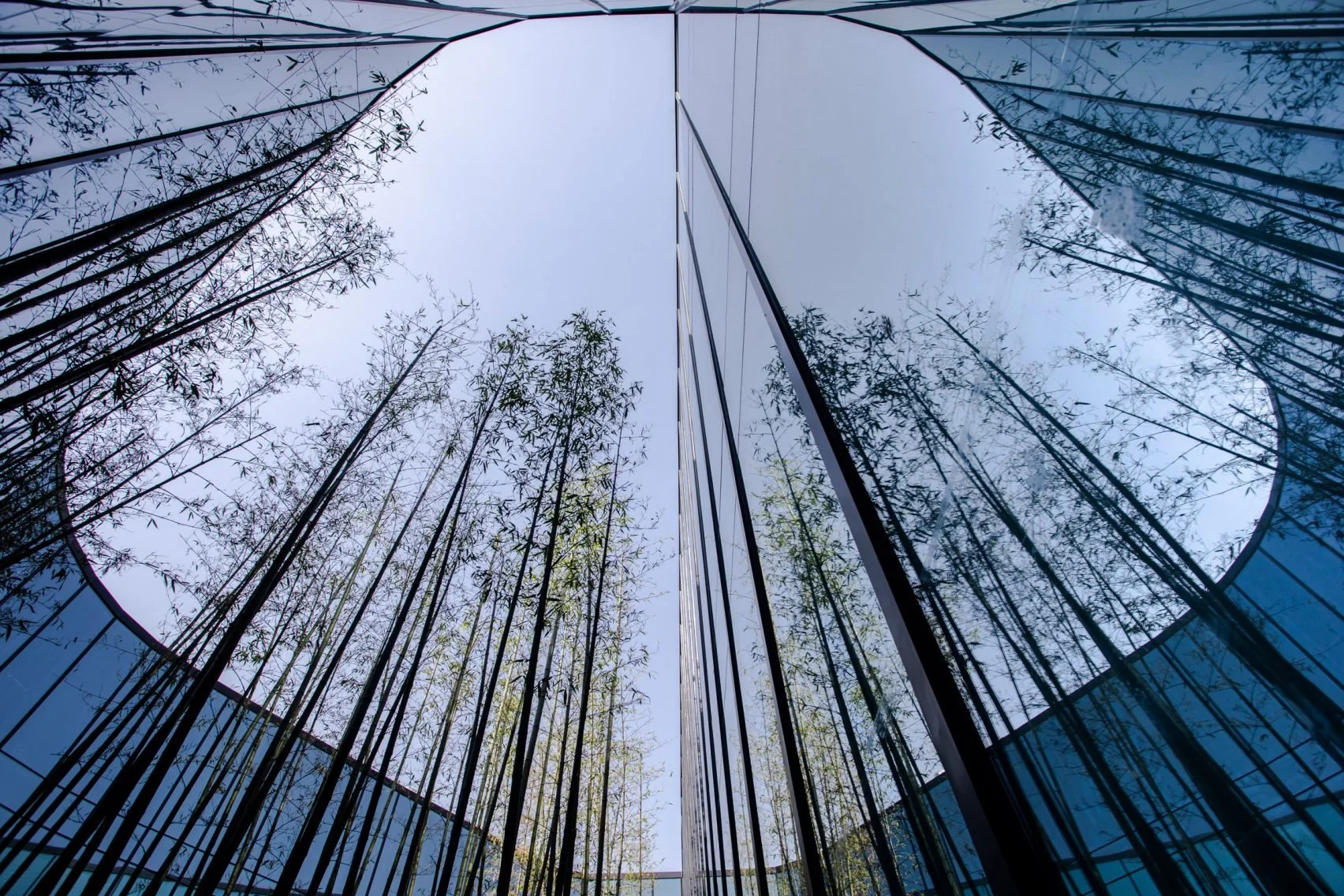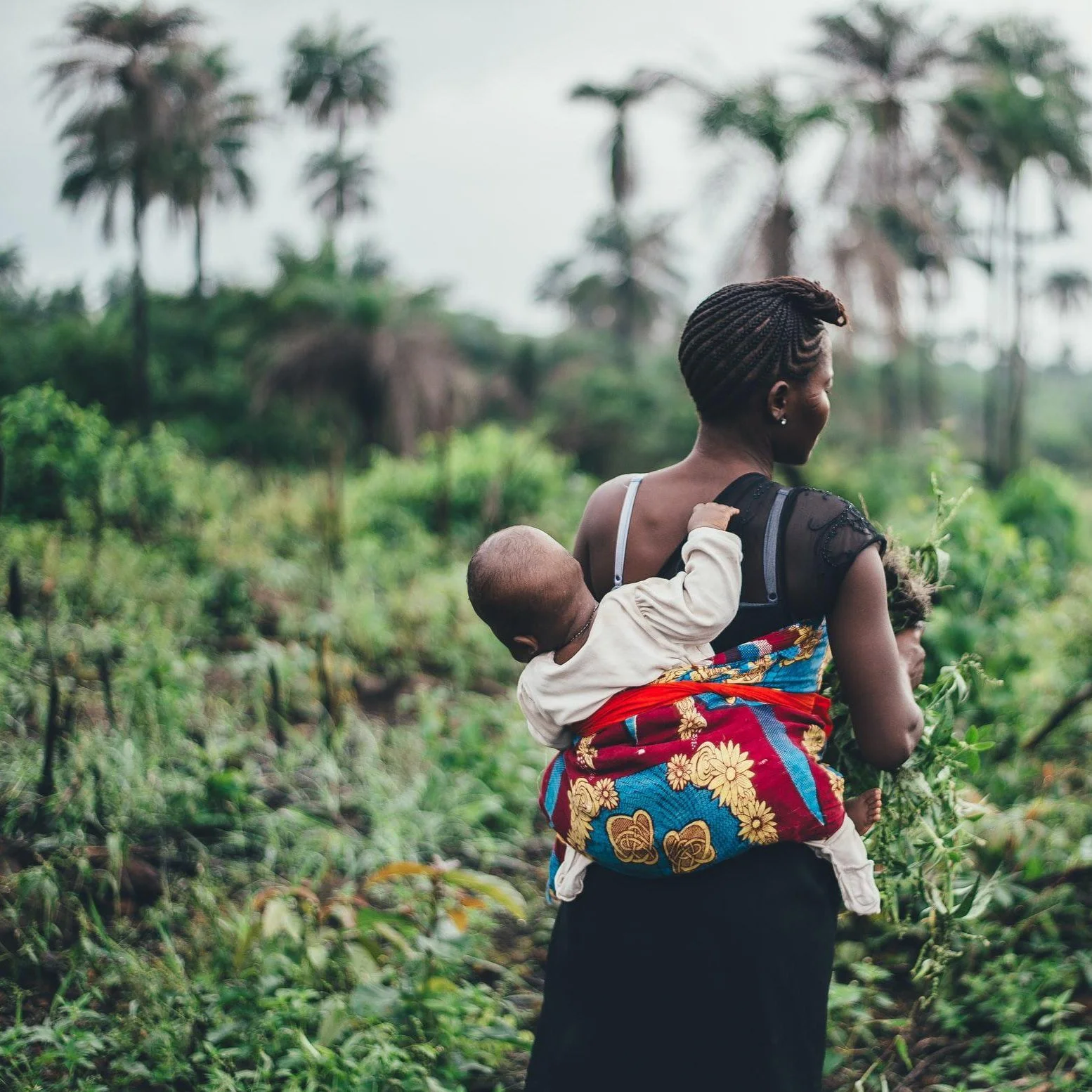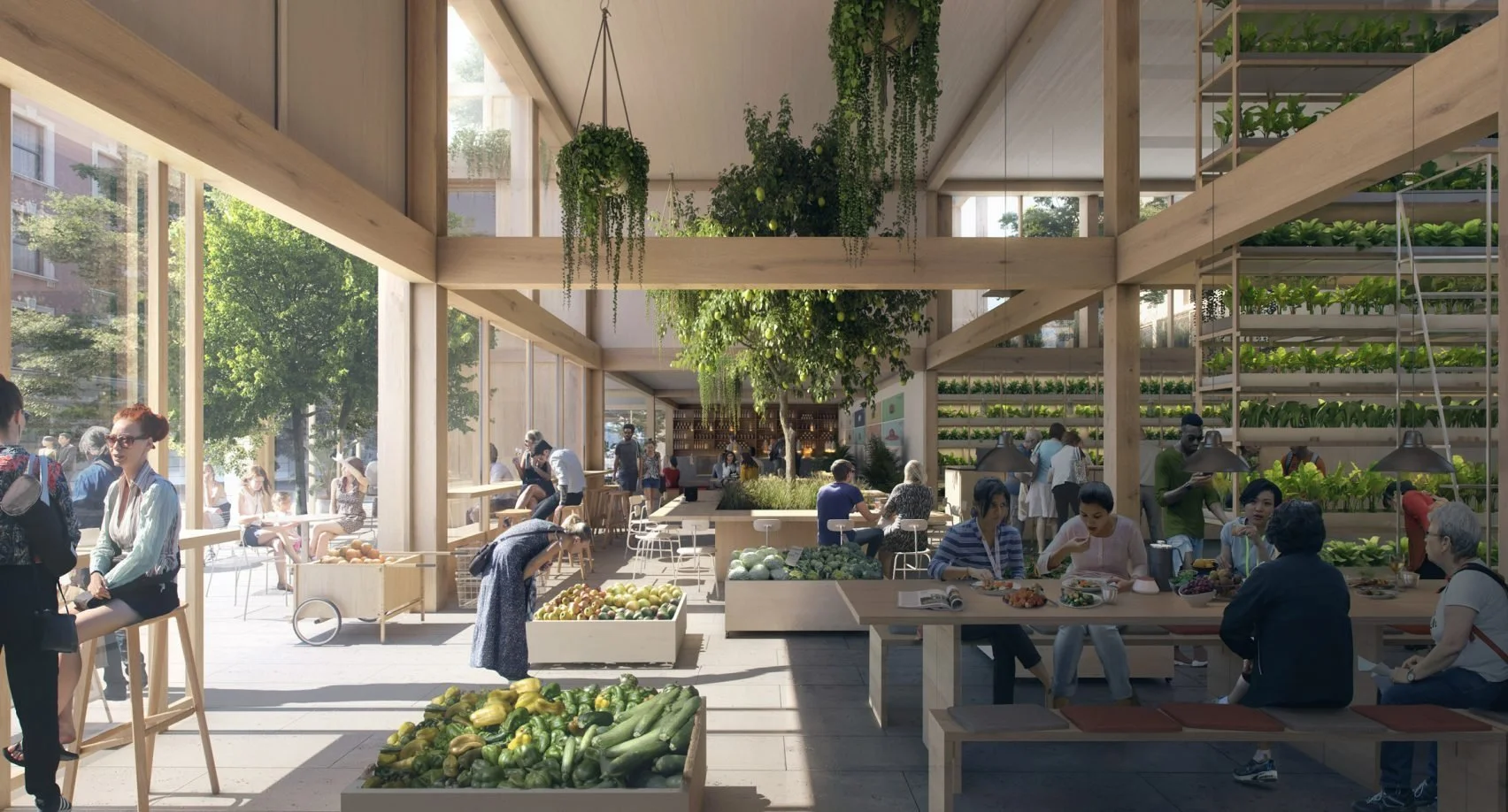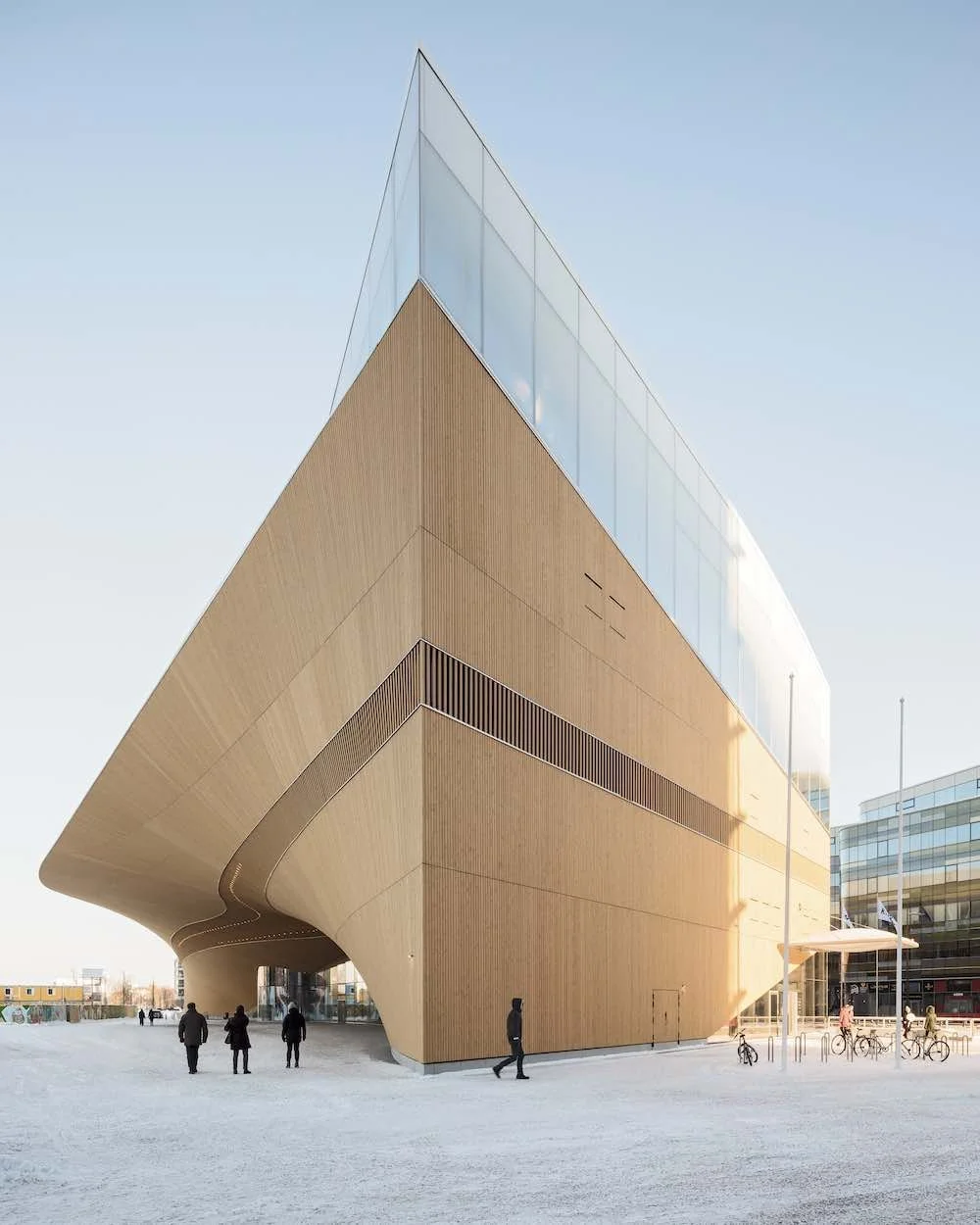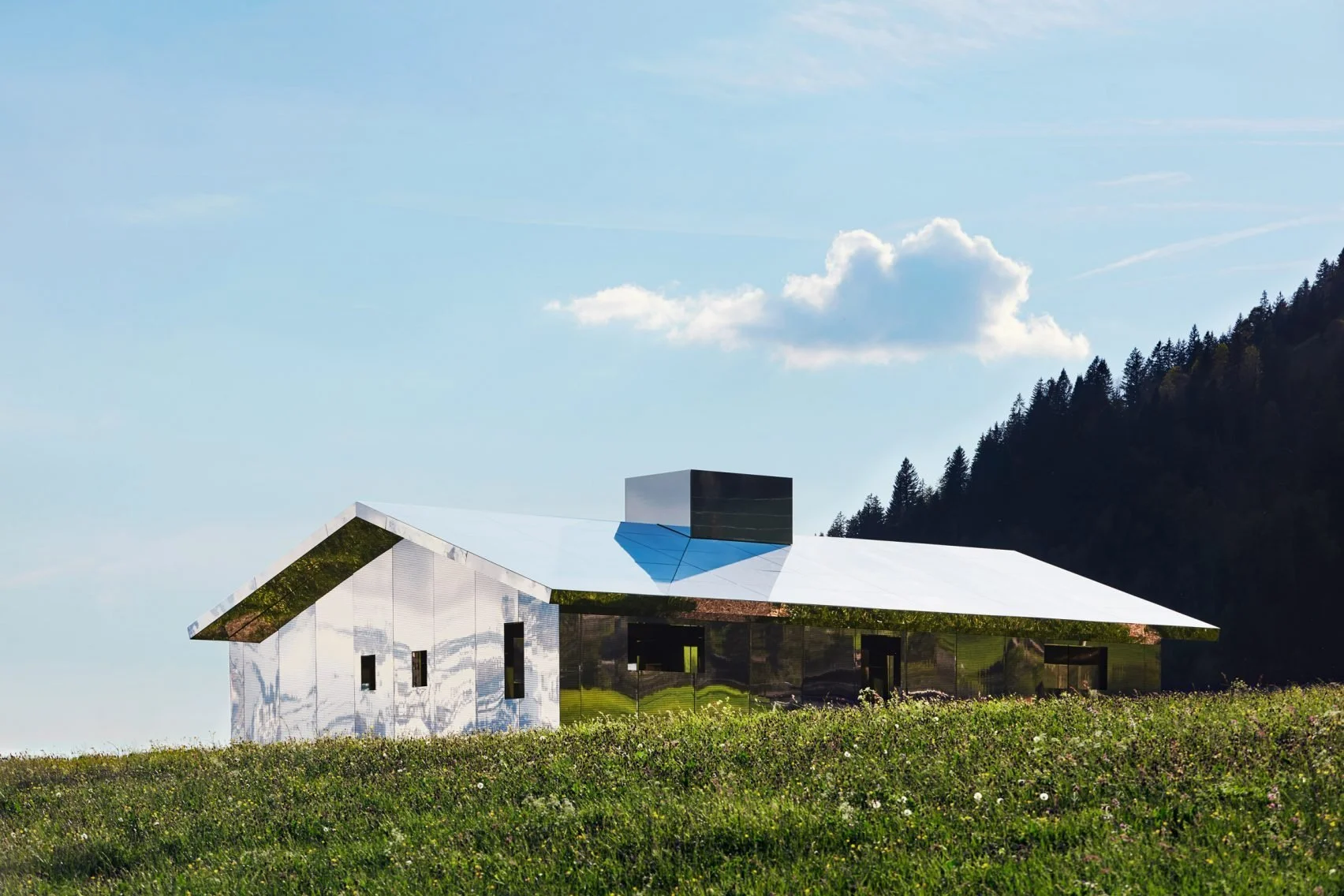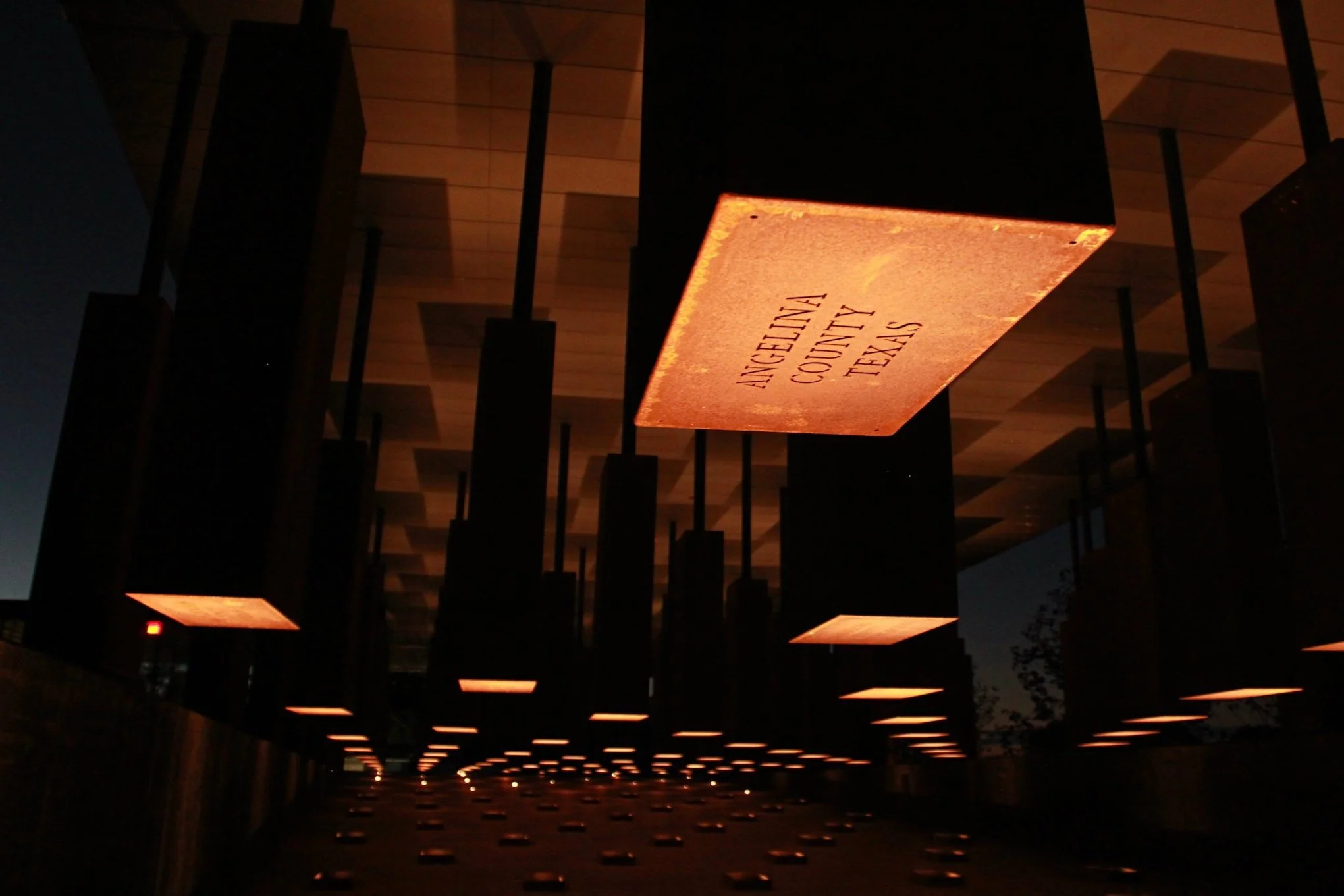D e S I G N F u n d a m e n t a l S
UN SUSTAINABLE
DEVELOPMENT GOALS
The Sustainable Development Goals are a collection of 17 interlinked global goals designed to be a "blueprint to achieve a better and more sustainable future for all". The SDGs were set up in 2015 by the United Nations and are intended to be achieved by the year 2030.
SDG01.
NO POVERTY
Economic growth must be inclusive to provide sustainable jobs and promote equality - 736 million people still live in extreme poverty.
SDG02.
ZERO HUNGER
The food and agriculture sector offers key solutions for development, and is central for hunger and poverty eradication - 821 million undernourished people reached in 2017.
Ensuring healthy lives and promoting the well-being for all at all ages is essential to sustainable development - at least 400 million people have no basic healthcare, and 40 percent lack social protection.
SDG03.
GOOD HEALTH AND WELL-BEING
SDG04.
QUALITY EDUCATION
Obtaining a quality education is the foundation to improving people’s lives and sustainable development - 57 million primary aged children remain out of school, more than half of them in sub-Saharan Africa.
SDG05.
GENDER EQUALITY
Gender equality is not only a fundamental human right, but a necessary foundation for a peaceful, prosperous and sustainable world - women earn only 77 cents for every dollar that men get for the same work.
Clean, accessible water for all is an essential part of the world we want to live in - 71 percent of the global population, 5.2 billion people, had safely managed drinking water in 2015, but 844 million people still lacked even basic drinking water.
SDG06.
CLEAN WATER AND SANITATION
Sustainable economic growth will require societies to create the conditions that allow people to have quality jobs - an estimated 172 million people worldwide were without work in 2018 an unemployment rate of 5 per cent
SDG08.
DECENT WORK AND ECONOMIC GROWTH
SDG09:
INDUSTRY, INNOVATION, AND INFRASTRUCTURE
Investments in infrastructure are crucial to achieving sustainable development - worldwide, 2.3 billion people lack access to basic sanitation.
SDG10.
REDUCED INEQUALITIES
To reduce inequalities, policies should be universal in principle, paying attention to the needs of disadvantaged and marginalized populations - in 2016, 22 percent o global income was received by the top 1 percent compared with 10 percent of income for the bottom 50 percent.
There needs to be a future in which cities provide opportunities for all, with access to basic services, energy, housing, transportation and more - cities occupy just 3 percent of Earth’s land but account for 60 to 80 percent of energy consumption and at least 70 percent of carbon emissions..
SDG11.
SUSTAINABLE CITIES AND COMMUNITIES
SDG12.
RESPONSIBLE CONSUMPTION AND PRODUCTION
Worldwide consumption and production, a driving force of the global economy, rest on the use of the natural environment and resources in a way that continues to have destructive impacts on the planet - 1.3 billion tonnes of food is wasted every year, while almost 2 billion people go hungry or undernourished.
SDG13.
CLIMATE ACTION
Climate change is a global challenge that affects everyone, everywhere - as of 2017 humans are estimated to have caused approximately 1.0C of global warming above pre industrial levels - to limit warming to 1.5C, global net CO2 emissions must drop by 45% between 2010 and 2030, and reach net zero around 2050.
SDG14.
LIFE BELOW WATER
Careful management of this essential global resource is a key feature of a sustainable future - the ocean covers three quarters of the Earth’s surface and represents 99 percent of the living space on the planet by volume..
SDG15.
LIFE ON LAND
Sustainably manage forests, combat desertification, halt and reverse land degradation, halt biodiversity loss - around 1.6 billion people depend on forests for their livelihoods.
Access to justice for all, and building effective, accountable institutions at all levels - by the end of 2017, 68.5 million people had been forcibly displaced as a result of persecution, conflict, violence or human rights violations.
SDG16. PEACE, JUSTICE AND STRONG INSTITUTIONS
SDG17.
PARTNERSHIPS
Revitalize the global partnership for sustainable development - the UN conference on Trade and Development (UNCTAD) says achieving SDG’s will require US$5 trillion to $7 trillion in annual investment.


